Draft Information
about drafting
"The Draft" also known as "The First Year Player Draft" is a Major League Baseball event where all the Major League teams take turns picking eligible high school and college baseball players. The Draft takes place every June; the club with the worst record the season before gets to select first.
They alternate between National and American League going from worst records to best. The draft continues in that order (unless trades are made) for 50 rounds.
All players, resident of the U.S. and its territories, are eligible to be selected in Major League Baseball's Rule 4 Draft upon graduating from high school. However, once a player enrolls in a four-year college or university, player is not allowed to be drafted (or re-drafted) until completing three years of school or reaching age 21, whichever comes first. By contrast, players who enroll in junior colleges (i.e., two-year institutions) are eligible for selection at any time. The Rule 4 Draft of eligible college and high school players consists of 40 rounds. Despite the MLB draft being considerably longer than that of the NFL or NBA, only about 9.1% of all NCAA senior baseball players are drafted by a MLB team.
When a club selects a player, if that player does not sign, the team still keeps the rights to sign that player, until one week before the next draft year. This is beneficial to the clubs and the player. A player can get more money out of the club if they put up some good numbers the year that they are locked up. The club benefits by locking up a player that they feel will be a higher draft pick in the future. If the player does not sign with the club one week before the next year draft, he cannot be selected by the same team.
One of the biggest controversies with the draft and these amateur athletes is the use of agents. There have been many cases of college athletes consulting or hiring an agent prematurely in direct violation of NCAA rules. The NCAA came up with the “no agent rule” as a result of this for what they say was to benefit their amateur athletes.
This law stated that a college player is unable to hire an agent or even a lawyer in order to assist them in negotiating a contract with a professional team. The rule states that “[a]n individual shall be ineligible for participation in an intercollegiate sport if he or she has agreed (orally or in writing) to be represented by an agent for the purpose of marketing his or her athletics ability or reputation in that sport”.
Representation of an agent is considered to be any direct contact with the professional team during the contract negotiations. This contact can be made many different ways, whether through direct conversation, via mail or through the telephone. This rule is strongly enforced by the NCAA and has harsh consequences if broken.
